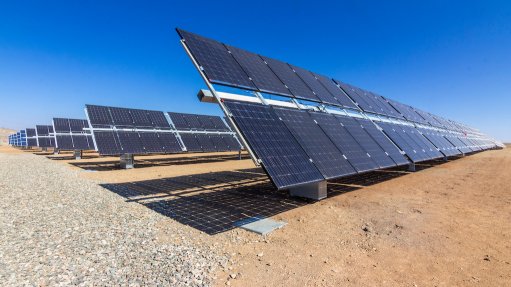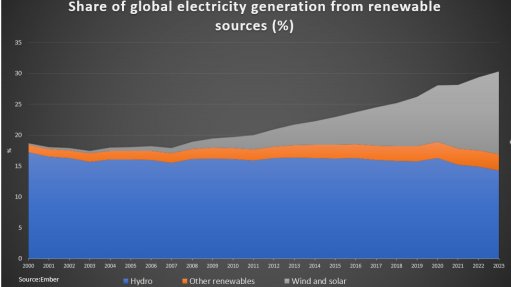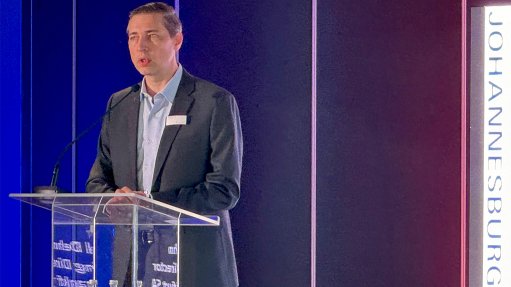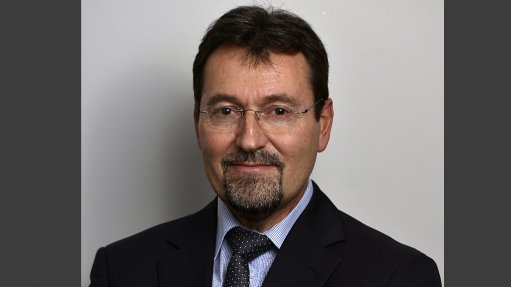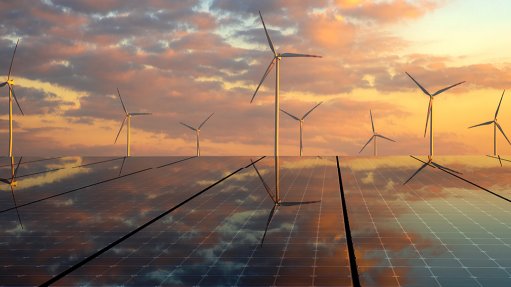Illegal connections, cable theft pose threat to zero harm mandate

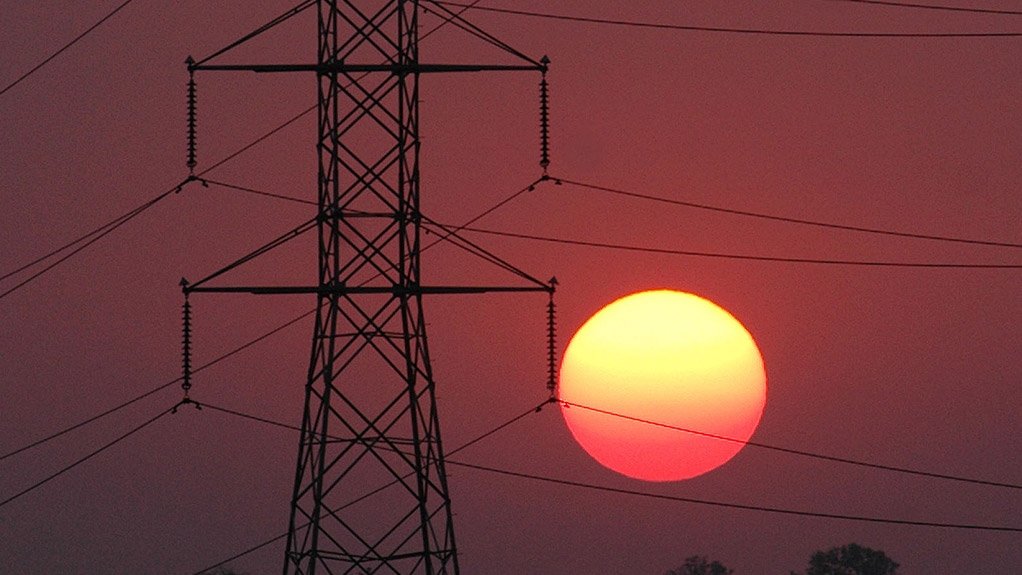
ILLEGAL CONNECTIONS The unsafe electiciy connections are proving to be a costly procedure for Eskom
Photo by Bloomberg
The increase in the number of informal settlements in the Western Cape, leading to an increase in unsafe electricity connections, together with the ability of higher-income areas to pay electricians to by-pass State-owned power utility Eskom’s meters, impinges on the utility’s zero harm initiative.
“The challenge of unsafe and illegal connections is that they affect the entire community by exposing it to risks of electrocution. Also, illegal connections are a danger because cables that are used have not been insulated or covered and are exposed cables,” says Eskom Western Cape provincial head Alwie Lester.
This being the case, he notes that Eskom has a team that relentlessly works on disconnecting illegal cables, despite unsafe and illegal reconnections often being reconnected a few hours later.
He adds that Eskom spends about R40-million a year on reactive security measures and the replacement of equipment, owing to theft and vandalism, which is becoming a strain financially.
An even bigger challenge and major concern with illegal cable connections are that they are a threat to the safety of children, Lester laments, adding that, last year, there were 25 incidents reported as a result of cable theft, of which six were fatalities. “This means that, every second month, someone dies from illegal or unsafe connections.”
Lester states that, in the Western Cape, specifically, Eskom supplies over 300 000 direct customers, including municipalities in and around the Western Cape, which amounts to total supply of electricity to five-million to six-million customers.
He notes that it is difficult to control the safety of the product when it leaves the generation plant, transmission lines and finally the distribution lines. He adds that it becomes even more difficult to manage when electricity enters the household.
To combat these challenges, Eskom runs intense campaigns, particularly at schools, in partnership with the local and provincial government and the provincial Department of Education. This is to ensure that electricity awareness is incorporated into the curriculum. Lester further adds that campaigns particularly focused on electrification projects are also used for customers who have never had electricity in order for them to understand the risks.
He says Eskom has also implemented new materials and technologies to minimise theft and vandalism.
Lester highlights that cables have been tagged by Eskom in order to track the cable wherever it is removed.
He explains that the tags have tamper sensors in them, as well as a global positioning system (GPS) transponder. Should the cable be damaged or moved, the tamper sensor acts as an alarm and alerts Eskom to the fact that a cable is being removed.
“Each tag has a unique ID and, with the GPS coordinates, we are able to track the cable. However, the criminals are aware of this and know that, with severe heating, the tags as well as the transponder will melt. So [there is an urgency] to respond to the alarm [promptly] to recover the stolen cable,” he comments.
Additionally, Lester notes that, with regard to substations and kiosks, the latest fencing technology has been used to secure them. Eskom has installed breakers within households to prevent overload so that, if any illegal connections are made, the meter will trip therefore notifying the organisation.
He highlights that Eskom is also making use of aluminium cables instead of copper cables, owing to the fact that the stolen copper cables attract a more lucrative market.
“Many incidents are driven by social ills such as poverty, crime and unemployment. We are aware of the fact that settlements are growing and, as a result, we are trying our best to provide those communities with electricity,” he comments.
Lester concludes that Eskom also continues to seek ways to stop illegal connections.
Comments
Press Office
Announcements
What's On
Subscribe to improve your user experience...
Option 1 (equivalent of R125 a month):
Receive a weekly copy of Creamer Media's Engineering News & Mining Weekly magazine
(print copy for those in South Africa and e-magazine for those outside of South Africa)
Receive daily email newsletters
Access to full search results
Access archive of magazine back copies
Access to Projects in Progress
Access to ONE Research Report of your choice in PDF format
Option 2 (equivalent of R375 a month):
All benefits from Option 1
PLUS
Access to Creamer Media's Research Channel Africa for ALL Research Reports, in PDF format, on various industrial and mining sectors
including Electricity; Water; Energy Transition; Hydrogen; Roads, Rail and Ports; Coal; Gold; Platinum; Battery Metals; etc.
Already a subscriber?
Forgotten your password?
Receive weekly copy of Creamer Media's Engineering News & Mining Weekly magazine (print copy for those in South Africa and e-magazine for those outside of South Africa)
➕
Recieve daily email newsletters
➕
Access to full search results
➕
Access archive of magazine back copies
➕
Access to Projects in Progress
➕
Access to ONE Research Report of your choice in PDF format
RESEARCH CHANNEL AFRICA
R4500 (equivalent of R375 a month)
SUBSCRIBEAll benefits from Option 1
➕
Access to Creamer Media's Research Channel Africa for ALL Research Reports on various industrial and mining sectors, in PDF format, including on:
Electricity
➕
Water
➕
Energy Transition
➕
Hydrogen
➕
Roads, Rail and Ports
➕
Coal
➕
Gold
➕
Platinum
➕
Battery Metals
➕
etc.
Receive all benefits from Option 1 or Option 2 delivered to numerous people at your company
➕
Multiple User names and Passwords for simultaneous log-ins
➕
Intranet integration access to all in your organisation








